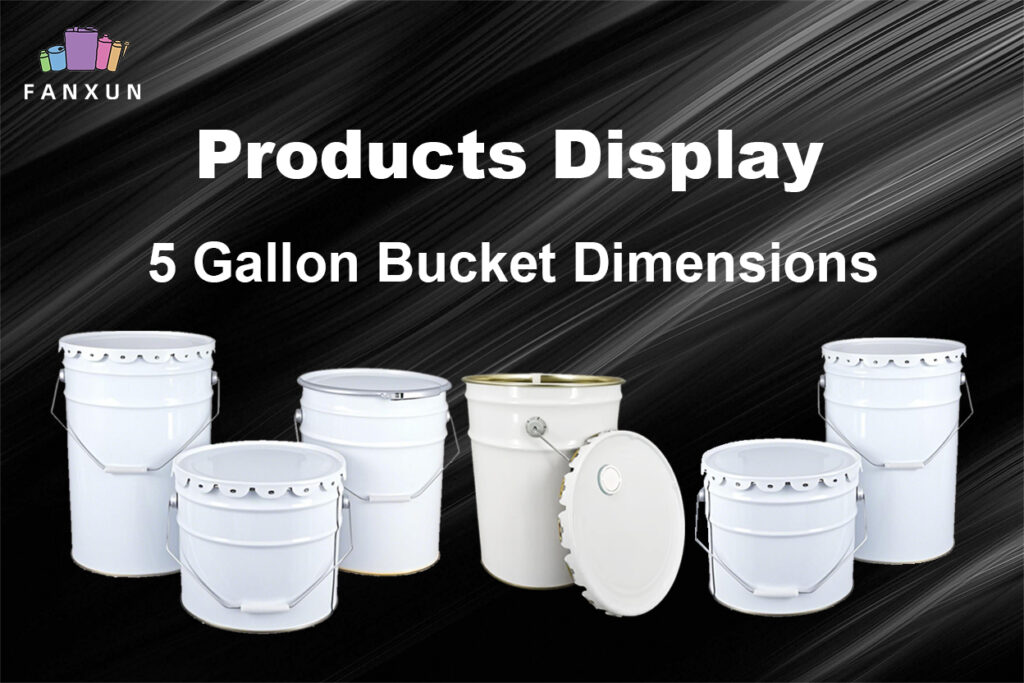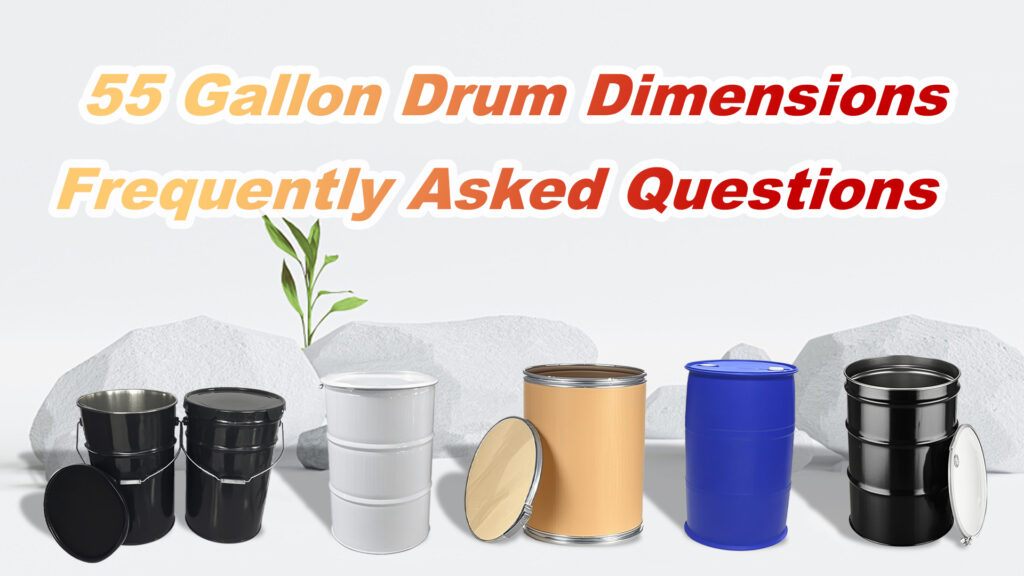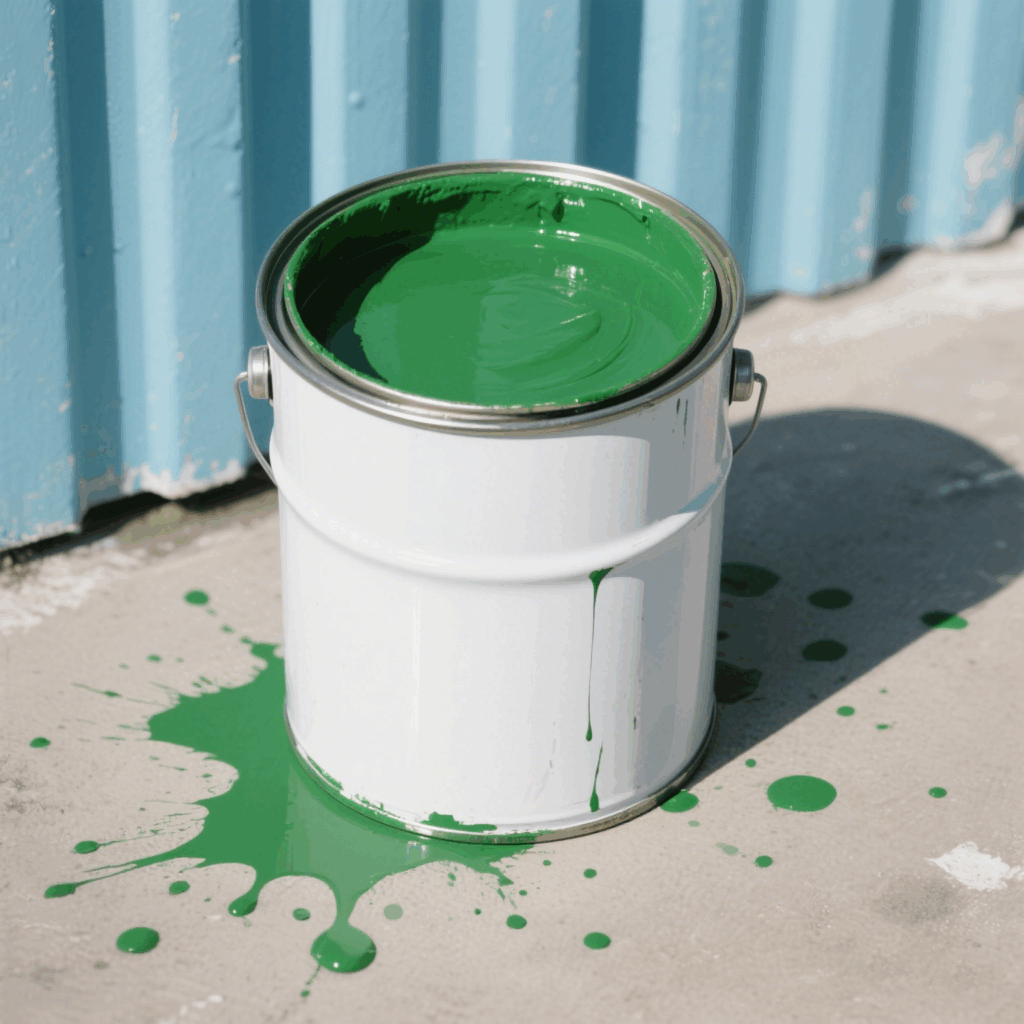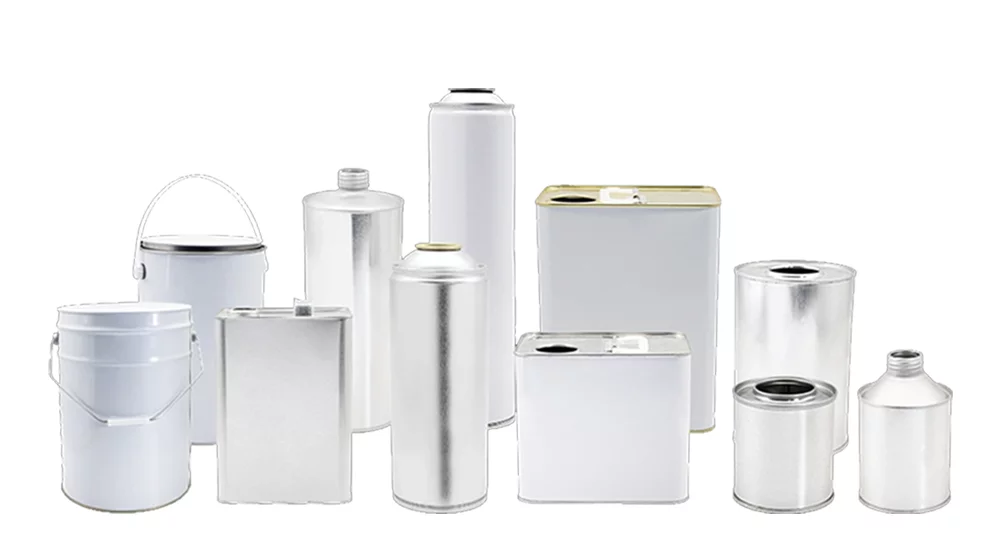Whether you’re fixing a squeaky hinge, maintaining machinery, or protecting metal tools from rust, there’s a good chance you’ve reached for a lubricant spray aerosol at some point. These convenient, pressurized cans of multi-use lubricant have become a household and industrial staple. But what do you really know about them? How do they work, are they safe, do they expire, and how do you pick the right one for your needs?
This comprehensive guide is written from the user’s perspective to answer all of your questions. We’ll explore the history, chemistry, applications, sicurezza, expiration, and how to select the ideal aerosol lubricant for your situation. Whether you’re a DIYer, mechanic, manufacturer, or just someone with a squeaky door, this article is for you.
The History of Lubricant Spray Aerosols
Lubricant sprays have a fascinating backstory that begins in the mid-20th century. The innovation of aerosol delivery technology actually dates back to 1926, when Norwegian engineer Erik Rotheim patented the first aerosol can. Tuttavia, it wasn’t until the 1950s that this technology was commercially adapted to household and industrial products.
One of the first and most iconic lubricant spray products is WD-40, which was created in 1953 by the Rocket Chemical Company. Originally intended to prevent corrosion on missiles and aerospace parts, WD-40 quickly found widespread commercial success as a household lubricant.
Since then, the market has diversified significantly. Oggi, lubricant sprays serve thousands of applications—from automotive maintenance to electronics, marine, agriculture, and manufacturing sectors. The aerosol format offers ease of application, portability, and precision, making it ideal for users in various industries.
What is Lubricant Spray Aerosol?
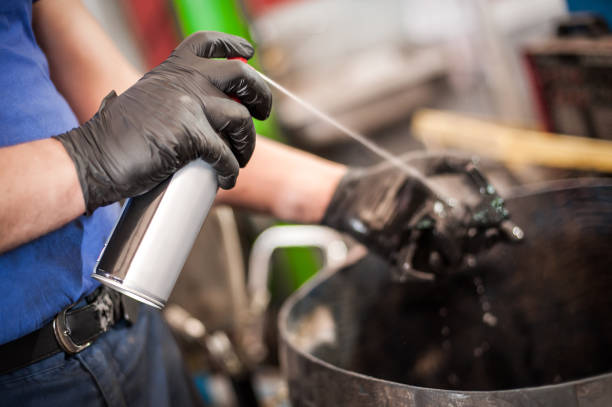
A lubricant spray aerosol is a liquid lubricant suspended in a pressurized can using a propellant gas. Quando si preme l'ugello, the propellant pushes the lubricant out in a fine spray or stream.
There are typically three components:
-
Base lubricant – The functional substance, which may be oil-based, silicone, Ptfe (Teflon), or dry film.
-
Carrier/solvent – Helps spread the lubricant evenly, then evaporates.
-
Propellant – A gas like propane, butano, or CO₂ that pushes the contents out of the can.
Lubricant sprays can be:
-
Multi-purpose (like WD-40)
-
Specialized (PER ESEMPIO., chain lubricant, silicone lube, graphite lube)
-
Environmentally friendly (water-based or low-VOC options)
Common Uses and Applications
One of the reasons these products are so popular is their versatility. Here are some of the most common use cases:
Household
-
Fixing squeaky hinges and locks
-
Loosening stuck bolts or zippers
-
Protecting garden tools from rust
Automobile
-
Lubricating car door hinges, seat tracks, and battery terminals
-
Cleaning and protecting engine parts
-
Freeing corroded nuts and bolts

Industrial and Mechanical
-
Maintaining machinery and gears
-
Protecting metal components from oxidation
-
Reducing friction in high-stress applications
Marine and Aviation
-
Corrosion protection in saltwater environments
-
Lubrication in aircraft maintenance
Electronics and Precision Instruments
-
Lubricating delicate moving parts without leaving residue
-
Preventing moisture build-up
Each application requires different properties in a lubricant—some need water resistance, some need to be non-conductive, others need to dry without residue. Choosing the right type is crucial.
Are Lubricant Aerosols Safe?
This is one of the most frequently asked questions—and a very valid one.
Infiammabilità
Most aerosols are flammable due to the propellants or solvent bases. Always check the label and avoid using near open flames or high heat.
Skin Contact
Generally safe in small amounts, but prolonged contact may irritate skin. Always wash your hands after use.
Inhalation
Use in well-ventilated areas to avoid inhaling fumes. Prolonged exposure may cause respiratory issues.
Environmental Concerns
While traditional aerosols used harmful CFCs, modern versions use safer propellants. Still, opt for low-VOC or water-based sprays when possible.
Disposal
Do not puncture or incinerate empty cans. Follow local hazardous waste guidelines for disposal.
Workplace Safety
In industrial settings, ensure compliance with OSHA or local health and safety regulations. Material Safety Data Sheets (MSDS) are essential for understanding risks.
Do Lubricant Sprays Expire?
SÌ, they do, though the timeline varies depending on the formulation and storage conditions.
Signs of Expiration:
-
Loss of pressure (the propellant escapes or degrades)
-
Change in spray pattern
-
Thickening or separation of ingredients
-
Foul smell or discoloration
Durata di conservazione:
Most aerosol lubricants have a shelf life of 3 A 5 anni, but some can last up to 10 years if stored properly.
Storage Tips:
-
Keep in a cool, posto asciutto
-
Avoid extreme heat or freezing
-
Store upright to prevent clogging
Always check the can for a manufacturer’s date or best-by label.
How to Choose the Right Lubricant Spray

With so many options, choosing the right one can feel overwhelming. Here’s a breakdown of what to consider:
1. Base Type
-
Silicone: Water-resistant and non-staining. Great for rubber, plastic, and wood.
-
Ptfe (Teflon): Excellent for reducing friction. Great for metal and high-speed moving parts.
-
Lithium Grease: Thicker, good for heavy-duty and long-lasting lubrication.
-
Dry Lubricants (Graphite or Molybdenum): Leave no residue. Perfect for locks and dusty environments.
-
Penetrating Oil: Ideal for loosening rusted parts.
2. Application Environment
-
Interno vs. Outdoor: Outdoor sprays need water and UV resistance.
-
Temperature Range: Choose high-temp formulations for engines or machinery.
3. Surface Material
-
Ensure compatibility with metal, plastic, rubber, or composites.
4. Confezione & Nozzle Design
-
Some cans come with straw applicators or 360-degree spray mechanisms. These are useful for hard-to-reach areas.
5. Eco-Friendliness
-
Look for water-based, non-toxic, biodegradable options.
How to Use Lubricant Spray Aerosols Effectively
Step-by-Step Guide:
-
Clean the Surface: Remove dirt and debris for better adhesion.
-
Agitare la lattina: Ensures even mixing.
-
Test Spray: Try on a small area first.
-
Spray Evenly: Hold 6–10 inches away.
-
Let it Penetrate: Especially for rusted parts.
-
Wipe Excess: Prevents dust accumulation.
-
Reapply as Needed: Depending on frequency of use and exposure.
Pro Tip: Always store the can with the nozzle clean to avoid clogging.
FAQs About Lubricant Spray Aerosols
Q: Can I use lubricant sprays on electronics?
UN: Only use those specifically labeled for electronics—non-conductive, low-residue types.
Q: Are lubricant sprays safe on rubber and plastic?
UN: Some are, like silicone-based sprays. Petroleum-based lubricants may degrade rubber or plastic.
Q: Can I use it as a cleaner?
UN: Penetrating oils and multi-use sprays can remove grime and light rust, but they’re not substitutes for dedicated cleaners.
Q: Is there a difference between white lithium grease and silicone spray?
UN: SÌ. Lithium grease is thicker and better for heavy-duty metal-on-metal use. Silicone is lighter and more versatile.
Q: Can lubricant sprays freeze?
UN: While they don’t typically freeze solid, their performance may be affected in cold temperatures.
Q: Do sprays go bad in the car or garage?
UN: SÌ, heat and humidity can degrade the product. Store indoors if possible.
Q: Are there food-safe versions?
UN: SÌ! For machinery in food processing, look for NSF H1-certified lubricants.
What to Avoid When Using Aerosol Lubricants
-
Don’t use around flames or sparks.
-
Don’t spray on painted surfaces without testing first.
-
Don’t use expired cans—they may not perform and could be dangerous.
-
Don’t mix different types (PER ESEMPIO., silicone and PTFE) on the same surface without cleaning first.
-
Don’t assume all lubricants are equal—each has specific uses.
Real-World User Tips

-
For bike chains: Use a dry lube to avoid dust buildup.
-
For locks: Graphite works better than oil—it won’t attract grime.
-
For garage doors: Lithium grease is ideal for long-lasting effect.
-
For squeaky fan motors: Use a non-residual, non-conductive lubricant.
-
For stuck bolts: Apply penetrating oil and let it sit for a few minutes before wrenching.
Conclusione: Trust FANXUN for Premium-Quality Lubricant Spray Aerosols
Choosing the right lubricant spray aerosol involves more than grabbing the first can on t he shelf. It’s about understanding your needs, the environment, and the specific surfaces you’re working with. Proper selection, usage, and storage will ensure better performance and longer-lasting results.
When it comes to manufacturing excellence and product diversity, FANXUN stands out as a world-class manufacturer and supplier of aerosol lubricant sprays. Whether you’re looking for products in varied specifications, base formulations, or packaging shapes, FANXUN can deliver precisely what you need—safely, effectively, and reliably.
No matter your industry or application, FANXUN’s commitment to quality and innovation makes it the ideal partner for aerosol solutions.















